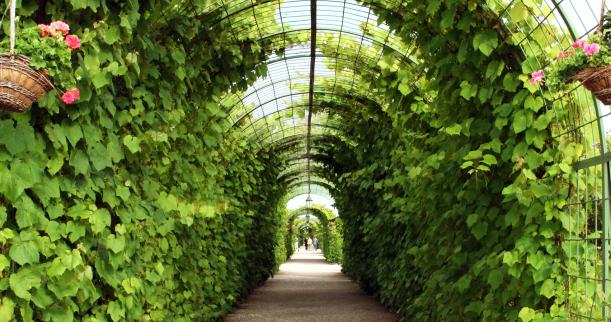The debate and discussions on the 5th of November exposed a correlation between all of the explored texts and a single theme – a random and natural development of architecture.
An architect can design a space – a cave. However, an architect cannot design a nest. a framework for the use and liveability of space can be imagined and even outlined, however, the development and evolution of spaces can only be defined by the person or people who inhabit that space.
Sou Fujimoto presents many examples in his text about the relationship between these two contexts – which one can define as the large scale and small scale. In each example, there is clearly a pre-determined space or framework, which is comprised of a naturally developing, random – even chaotic – infill.
The first example provides us with the cave and the nest. The cave is a pre-existing space which one can inhabit or appropriate (much like the ruin), whilst the nest is a personalized creation. Although a nest can be planned, every nest will be completely individual – no two nests will ever be alike.
Another theme explored is the blurring of boundaries. It is evident that although there is a distinction between the cave and nest; the city and the house; the forest and the tree – there is no defined difference or limitation. In what parameters do these two extremes exist? There is an instantly recognisable gradation between the two parameters, and an infinite infill of variations between them. The boundary between the interior and exterior – the in and out – is non-existent. one can be perceived as the other and vice-versa.
A primitive future – as the text is titled – references a future which is not defined by technology and imposed design, but a future in which natural development and evolution will occur along a provided framework.
What boundaries exist between the design space and the post-designed nest? How can we as architects provide the best possible framework for natural development – a natural development to encourage and compliment the design, rather than negate and de-construct it. We must encourage this natural growth to form along a pre-determined corridor, in order to ensure an ordered and controllable development. The chaos from an overflow of this framework could hinder future development, meaning in real-terms disorganisation and interrupted networks. We as architects must provide a framework for personal design much as a gardener must provide a trellis to direct the growth of plants – although every vine, every leaf, will naturally and randomly grow and direct itself, it will follow its framework as intended.

